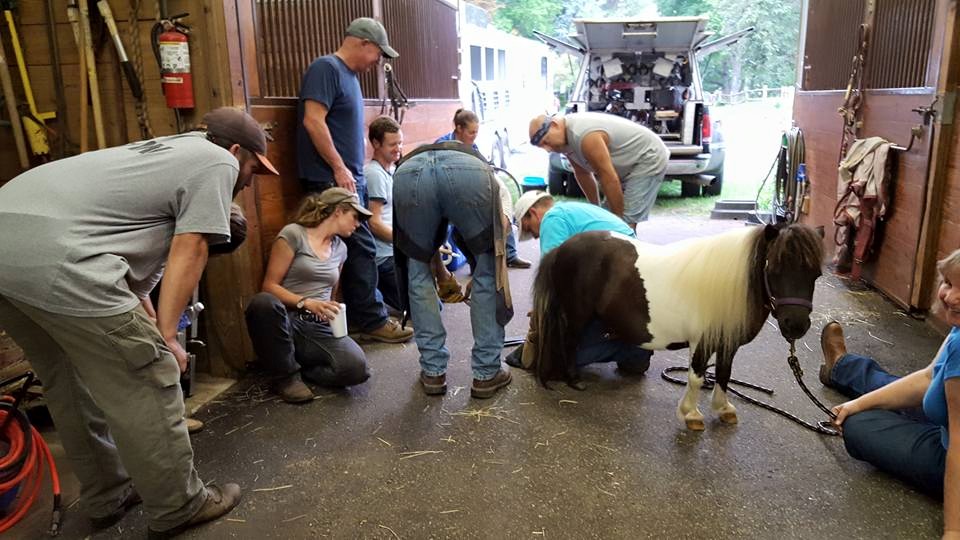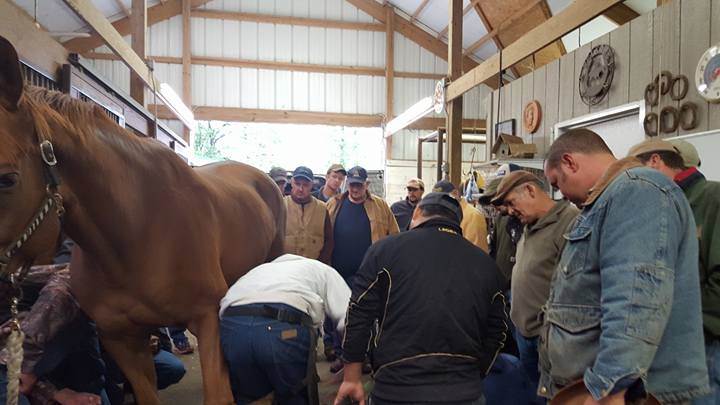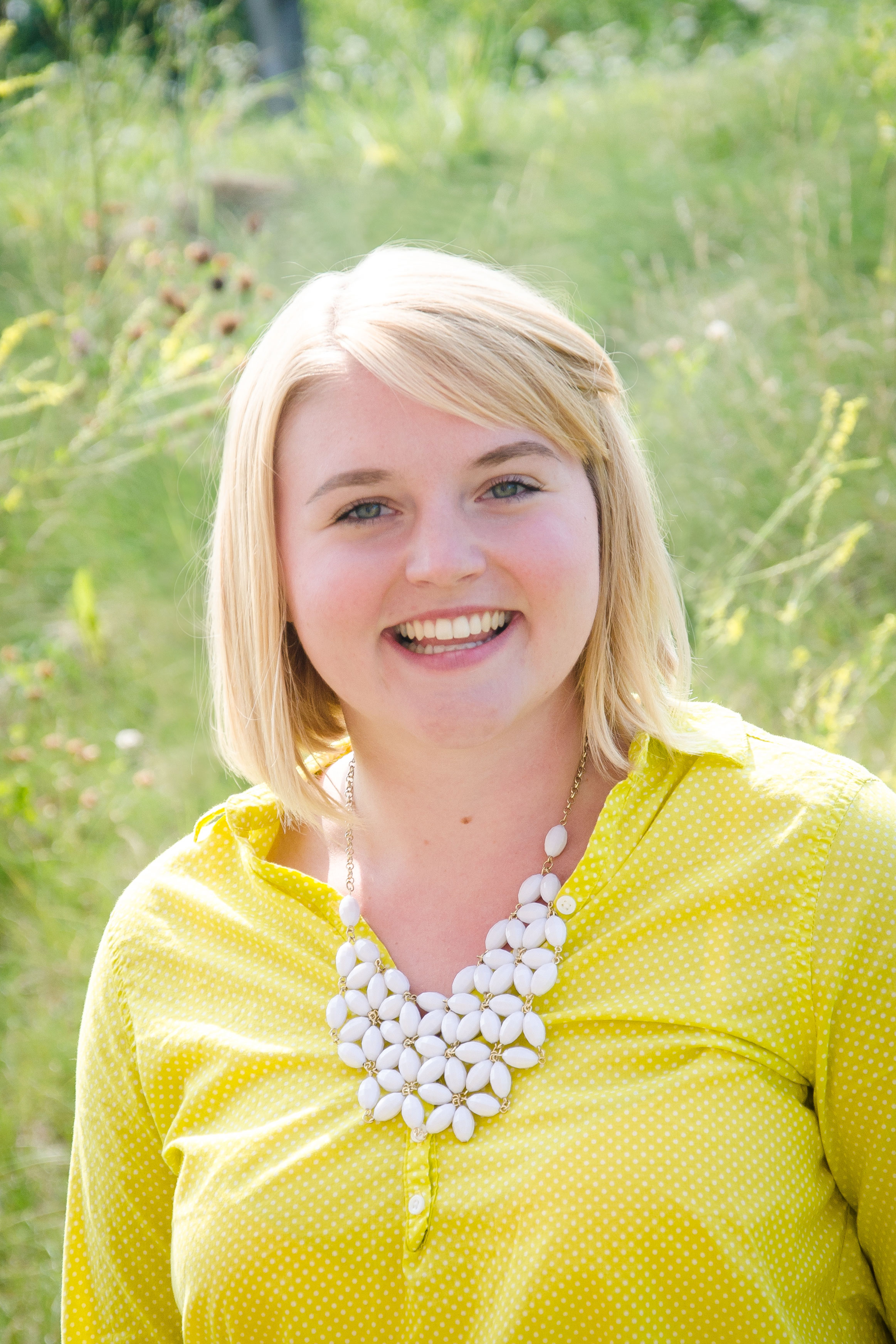Many folks in this industry know that solid relationships between farriers and veterinarians are necessary for providing the best quality hoof care for horses. But, it’s not always easy to find ways of establishing those relationships or meeting other footcare professionals in your area.
For the farrier community surrounding Tryon, N.C., one solution for farriers to meet and develop relationships with local vets comes in the form of the monthly Farrier Jam Sessions put on by veterinarian Bibi Freer.
“The main purpose of our meetings is to improve the communication between the two professions — veterinarians and farriers — in our area,” Freer says. “We’re working to build a valuable information sharing community between the farriers and between farriers and veterinarians.”
Vet/Farrier Collaboration
Freer, who owns and operates Freer Equine Mobile Veterinary Services, began holding the Farrier Jam Sessions 4 years ago after attending one of Mocksville, N.C., veterinarian Jim Meeker’s veterinarian/farrier meetings.
“I was on a farm sedating some donkeys for a farrier friend of mine to trim,” she recalls. “He had been trying to find some vets to go to a meeting hosted by Dr. Meeker and wasn’t having any luck. I volunteered and loved the experience.
“On the drive home the night after the clinic, the farriers I went to the meeting with and I decided to start our own group. We’ve since modeled our meetings after Dr. Meeker’s.”

|
|
The Farrier Jam Sessions allow veterinarians and farriers to work together to discuss a specific horse and how to trim and shoe it. This miniature horse came in walking on its fetlocks, but by using lateral extensions the group was able to help the horse walk normally. |
The sessions are usually held on the first Monday of each month and normally draw three veterinarians and 10 to 12 farriers. At each Jam Session, two horses are provided for the group to examine, radiograph, trim, shoe and then radiograph again to examine the effects.
Freer got the idea to call the monthly meetings Jam Sessions because of her musical background.
“I’m a banjo player and my son plays the fiddle and guitar and when we practice or ‘jam’ together with other musicians we teach each other tunes and variations on tunes,” she says. “Our farrier meetings remind me of that friendly exchange of ideas and knowledge.”
Todd Danielson of Tryon, N.C., is one of the farriers who first went to Meeker’s meeting with Freer and is a regular attendee at the monthly meetings. He says having the ability to do radiographs at the meetings is an invaluable tool.
“It’s a great situation to be able to take radiographs before, during and after you’re working on a case,” he says. “Before we start shoeing a horse, we take a set of radiographs to see where the horse is at. Then we do another set after we trim the horse and a final set after we put the shoes on.”
The group works on a wide variety of horses and cases during the Jam Sessions.
“We’ve tackled a lot of laminitis cases and used a couple different methods to help the horses, depending on their living conditions and the owner’s financial situation. We’ve used wooden shoes, backward shoes, forged or ground a Natural Balance-type of shoe or French toe with a half pour,” she says.
“On one occasion, we had a miniature horse brought in. It was walking on its fetlocks and after some discussion the group decided to put lateral extensions on its feet. Now that little horse is doing really well,” Freer continues. “Another time, we were having trouble finding a horse to shoe for the meeting so the group suggested we put glue-on shoes on my mule.”
To start off each meeting, the veterinarians and farriers introduce themselves. Then, the horses the group will be working on are taken outside and jogged. On occasion, Freer says she will block the horse’s foot if the situation calls for it.
Throughout the evening, farriers and veterinarians voice their observations and ideas on how each horse should be shod, depending on the horse’s specific circumstances.
“The main purpose of our meetings is to improve communication between the two professions,” Freer says. “By looking at before and after radiographs and keeping communication among the group going the entire time, each side is able to see what we can and cannot fix with farriery alone.”
While discussing each case, not every member of the group always agrees on a single way to shoe the horse. During these discussions, Freer says it becomes very important that both veterinarians and farriers use the same terminology.
“It can get lively while we’re discussing how to best shoe a horse and there can be misunderstandings if we don’t all use the same terms to describe what we’re talking about,” she says. “For that reason, we try very hard to use terminology like ‘ground reaction force’ or ‘center of pressure’ instead of something like ‘frog support.’
“I’ve seen times when two people are describing the same thing, but because they’re using different terminology there’s a lot of confusion.”
Over 4 years of holding the monthly meetings, Freer says she has seen communication improve among the vets and farriers in attendance.
“Now that everyone has gotten to know each other and learn some standard terminology, we are able to communicate much better,” she says.
Danielson says the sessions are an important source of education in the area.
“We always make it a group effort when we’re working on a case at the meeting. After all, two heads are better than one,” he says. “Everyone gives their input and learns a lot, especially some of the younger farriers who may not have had much exposure to radiographs. I’ve been shoeing for 35 years now, but I’m still learning all the time, even if it’s just something small."
Planning A Jam Session
To begin planning each session, Freer says the first step is to set a date, though it usually falls on the first Monday of the month at 6 p.m. She then contacts everyone who has signed up through email via a Google list serve for the meeting.
She also uses the Google list serve to let the farriers know what kind of horses and cases they will be working on at each meeting.
“I send out a short synopsis of what kind of case we’ll be working. If I get it from the horse’s regular veterinarian, I’ll also send out the written history and background for the horse,” she says.
For many meetings, Freer has horses referred to the group by local farriers who have questions or are having trouble with a horse.
“I like farriers to call me when they’re having trouble finding a solution for a horse or need to have radiographs done because these are great cases to get the group’s opinion at the meetings,” she says. “Occasionally, I have a veterinarian ask to bring a horse to the meeting to have the group look at. In those cases, I ask the vet to make sure he gets that horse’s farrier on board as well.
“Our group meetings are not meant to take anyone’s customers away. These meetings are meant to be a place where we can learn with and from each other. No one’s competing here.”

|
|
The group uses the money raised by shoeing horses at the Farrier Jam Sessions to hold larger footcare clinics in the community. Most recently, the group held a clinic with International Horseshoeing Hall of Fame farrier Shayne Carter as the clinician. |
Sometimes Freer doesn’t get any recommended cases for the meeting right away. When that happens, she uses the Google list serve to reach out to the group and see if there’s anything they would like to discuss or work on at the meeting.
Freer charges the horse owners $200 for the work the group performs at the meetings. The cost includes the radiographs and the shoes. The money is then used to hold larger footcare clinics in the area.
“So far we’ve held six clinics with the money we’ve raised at the meetings,” she says. “We’ve had clinicians like Grant Moon, Craig Trnka, Luke Proulx, Vern Dryden, Steve O’Grady, and, most recently, Shayne Carter. In many ways, these clinics are just as important as our monthly meetings for creating a sense of cohesiveness between farriers and veterinarians in our community.”
Building A Community
Freer says the monthly events help establish relationships between the veterinarians and farriers in the area.
“Before we started holding the Jam Sessions, a lot of the farriers around here didn’t know each other,” she says. “They were never at barns at the same time and only saw each other’s trucks going up and down the road.”
Most of the attendees at Freer’s meetings live in the area, though she says some farriers come from up to 2 hours away.
Over the past 4 years, Freer says she’s seen the relationships between the vets and farriers in the area improve as a result of the monthly meetings.
“We call each other a lot more now,” she says. “I talk to farriers on the phone three or four times every day. That’s a big change from when we started.
“The best thing about these meetings has been the improvement in our communications. There are fewer misunderstandings between vets and farriers now. When we talk directly to each other, instead of having the horse owner be the middleman, less information gets lost in translation.”
Freer says any veterinarian or farrier could develop a similar program. For veterinarians, she says, “You don’t need to be an expert in podiatry to gain the respect and friendship of farriers in your area. I would highly recommend starting a program like this to any vet or farrier who wants to build their practice and build their community.
“It might seem like a lot of work, and sometimes it is, but I get way more back than I dish out.”








Post a comment
Report Abusive Comment